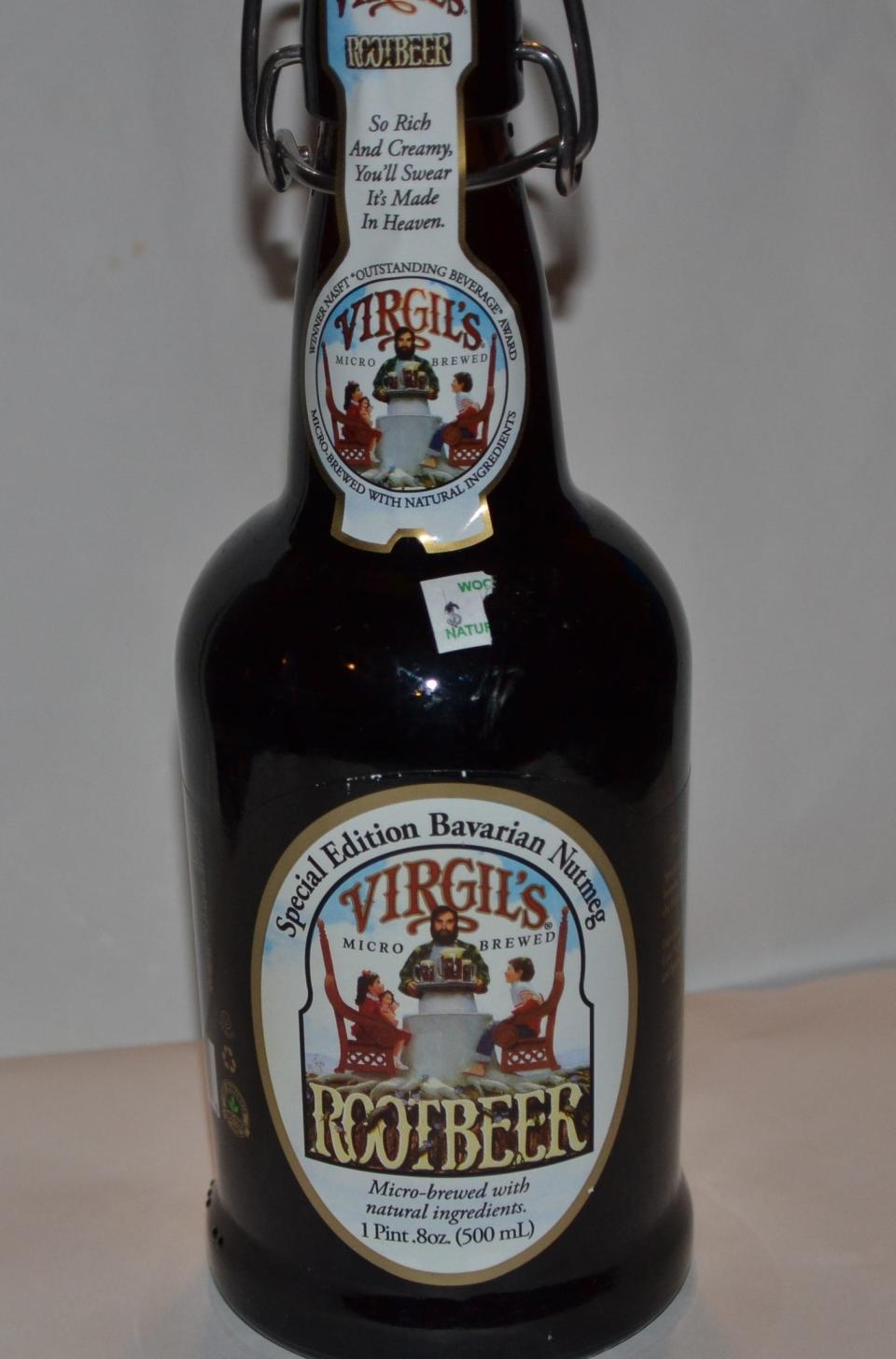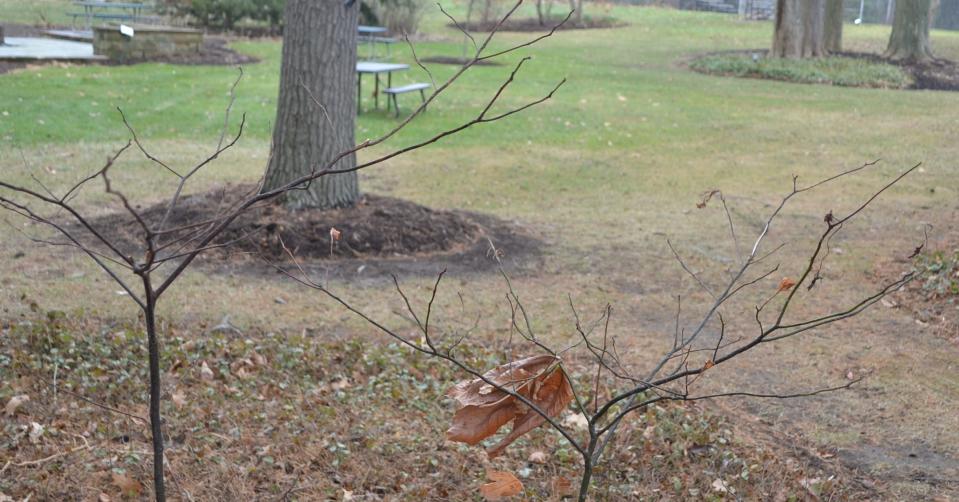A Stroll Through the Garden: Sassafras and cancel culture

I have heard about common sassafras, the Ague tree, or the scientific name Sassafras albidum, since I was a kid. One of the reasons I remember sassafras is I had a Cub Scout leader who founds some roots from a tree that smelled like root beer.
My Scoutmaster cleaned the roots up before he put them in a pot of water over an open fire. He boiled the water with the roots in the water. Then he poured the tea into some of our tin cups through a funnel with some fabric to clean up the tea. You could squish up the cups and put it in your backpack, and the tea tasted like root beer. Wow! We sat around a fire and enjoyed our root beer tea and listened to our scoutmaster and learned about trees.
Recently, a friend asked me about a sassafras tree she had in her yard and whether she should keep it. I said I had a good experience with sassafras trees and she might have some fun with it.

I had no idea the controversy behind this tree until I had stepped into the health food store to ask about whether they carried sassafras health care products. Maybe capsules, teas or essential oils that have sassafras enzymes, safrole, in them would help me to understand the health qualities of the tree.
The health food expert said the USDA had come through the store and removed all of the products connected with sassafras. “Why?” She did not give me any specifics, but it seemed serious.
I found a blog talking about how many health benefits there were from using the roots for this tree. This article said there were as many as 19 health benefits using it as a supplement. Sassafras helps your liver, purifies your blood, thins your blood, reduces blood pressure by taking toxins out and strengthening your immune system and much more. Sounded like the supplement would be something anyone would want. I found out different.
We all should be happy to know that since 1960, the safrole compound that may cause cancer has been extracted out of most compounds that are prepared for human consumption. The strange part is you can find this safrole in not just sassafras tree but also in cinnamon, nutmeg, black pepper and basil. There was a study done in 1977 saying the metabolites of safrole in both rats and humans was inconclusive with regards to carcinogenic metabolites in their urine.
In other words, the results were questionable. What I do know is our pioneer forefathers and native Indians have been using the plant for their health for centuries in many ways.
I did some investigating with my arborist friend, Tom Hunt. He has seen differences in the sizes of the trees and certain characteristics between certain sassafras trees north of U.S. Route 30 versus south of U.S. Route 30 where the glaciers came and then stopped. I thought it was an interesting discussion. Hunt suggested the lumber from the tree is something to be desired. I found out the lumber is rot resistant, straight grained, easy to work and has colors of orange, olive and mostly light brown heartwood. Sapwood has distinct lighter hues. Furniture makers use this wood regularly.
Facebook is an interesting place to talk to experts about anything. I was fortunate in having a friend called Big Trees Ohio. I found the largest sassafras tree in Ohio is near Kent. It is 266 inches in circumference, 60 feet tall and 75 feet across in the canopy. No matter how you look at it, we are looking at a substantial sassafras tree.
I went to ATI to take a closer look at some of the sassafras trees on the campus and Secrest Arboretum. I only found one potential group of saplings. I was able to confirm they were there but that was about it. Thank you for your help ATI Horticulturalist Caroline. You were very helpful.

In answer to my friend and reader’s question, I feel the Ague tree is well worth keeping. If you have more questions, let me know. Enjoy your root beer without being concerned about the consequences. Drink with moderation and enjoy your own root beer. They really can’t cancel something that has been done for centuries.
I hope you have a great stroll through your garden this week and enjoy the big trees. If you see a challenge, drop me a line at ericlarson546@yahoo.com. You will see my blogs soon at ohiohealthyfoodcooperative.org. Thank you for participating in our column.
Eric Larson of Jeromesville is a veteran landscaper and gardening enthusiast and a founding board member of the Ohio Chapter of Association of Professional Landscape Designers.
This article originally appeared on Mansfield News Journal: Sassafras and its health benefits and risks

